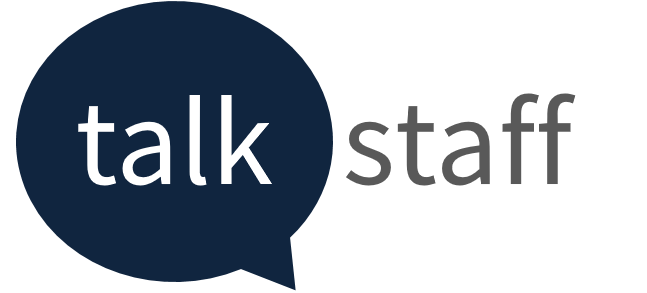
2020 was obviously a tumultuous year when it came to people. With many of the UK’s working population either on furlough or working from home, there was a huge shift in the way we thought about managing people.
As we head into the next normal, with the end of restrictions on the horizon, we’ve been reflecting on what’s changed most over the last year or so across, HR, payroll and people.
Trends and attitudes
The shift to remote working
Obviously, the COVID-19 pandemic led to a seismic shift in the labour market – forcing many into remote working who had never done so before. But how will this continue to change as we head back to normality?
As mentioned in our blog about returning to the office, at the height of the pandemic in April 2020, 47% of people employed in the UK did some work at home. Averaging out across the year, 36% of the employed population did work at home, an increase of 9% in 2019.
For those that could, remote working was an essential part of slowing the spread of the virus. And while the take-up of home and remote working was trending upwards pre-COVID, necessity has driven a shift in perception, with many employees and employers now considering remote working as a more viable, and perhaps preferable, option.
An online survey of working adults found that 40% of respondents indicated their perception of working from home had “substantially improved” since COVID. On the employer side, many have experienced the benefits of flexible and remote working during the pandemic, and plan to continue. A survey by Accumulate Capital found that 73% of decision makers believed COVID-19 would lead to downsizing in the next 12 months, and 37% were planning to move to smaller commercial spaces themselves. 58% of respondents were of the opinion that working from home would become the norm.
Employee engagement
It’s difficult to define how many businesses are “doing” employee engagement. The definition of what this entails and how effectively organisations are engaging with their employees shifts all the time and varies from business to business. That being said, we can look to other statistics as markers for how well organisations are engaging with employees – and given we are still in midst of a global pandemic, a time in which 60% of adults say their mental health has declined, the figures are not that encouraging.
In a survey by CIPD in September 2020, 7 out of 10 employees said they were satisfied with how their employers had responded to COVID-19. Despite this, 62% of employees felt that they hadn’t been adequately consulted about returning to work. In June, 44% of workers said that social connections at work had worsened – affecting 50% of those who were in the workplace, and 29% of those who weren’t.
Legislation
In 2020, employment legislation was obviously dominated by measures being brought in attempting to mitigate the effects of the pandemic and bolster the economy – such as the Coronavirus Job Retention Scheme. Outside of this specific area of legislation, which we’ve covered a lot of in our coronavirus hub, key legislation in 2020 and the first half of 2021 included:
- Gender pay gap reports – public authorities with more than 250 employees were required to submit gender pay gaps annually by 31st March, and private and third sector employers with more than 250 employees by 5th April.
- DBS criminal records – the Disclosure and Barring Service (DBS) changed the rules for standard checks and disclosing criminal records to employers, in response to a Supreme Court ruling in January 2019 which found that previous rules breached human rights law. From 28th November 2020, childhood police cautions and multiple convictions would not be automatically disclosed.
- Post-Brexit immigration law – enforced from January 21st 2021, the new immigration system for both EU and non-EU citizens came into effect, with changes to the points-based system, including:
- Replacement of the Tier 2 General category with Skilled Worker route and abolition of maximum six-year stay for workers in this category.
- Gross basic salary threshold rise to £25,600.
- Skill level must be equivalent to A-levels.
- Applicants must have an intermediate level ability to communicate in English.
- National living/minimum wage increases – after rising to £8.72 an hour in 2020, from April 2021 the national minimum wage was increased to £8.91, and now applies to anyone 23 and over, as opposed to being 25 and over previously. From 6th April 2020, the government resumed publicly naming organisations who were not complying with regulations. Those who have been named include Tesco, Costco and Pizza Hut.
- Statutory sick pay increase – from the 5th April 2021, statutory sick pay increased from £95.85 to £96.35.
Talk Staff can support you with navigating every aspect of human resources, payroll and people – from legislation changes to employee engagement. If you’d like to find out more, let’s talk.
Last Updated on 4 years by Charli Parkes





